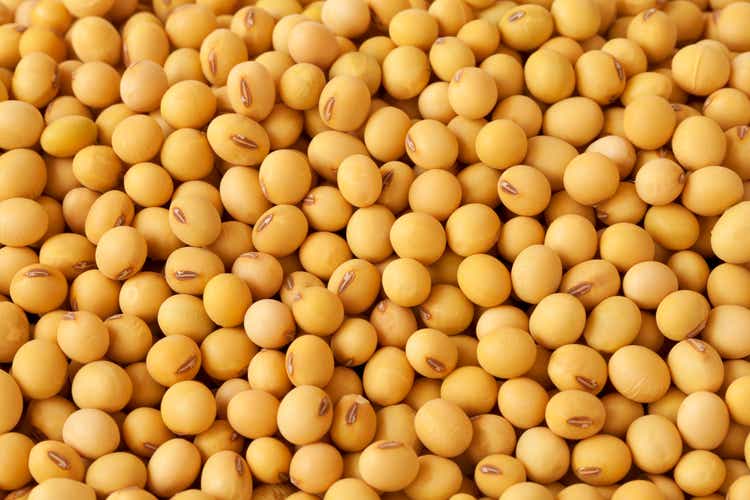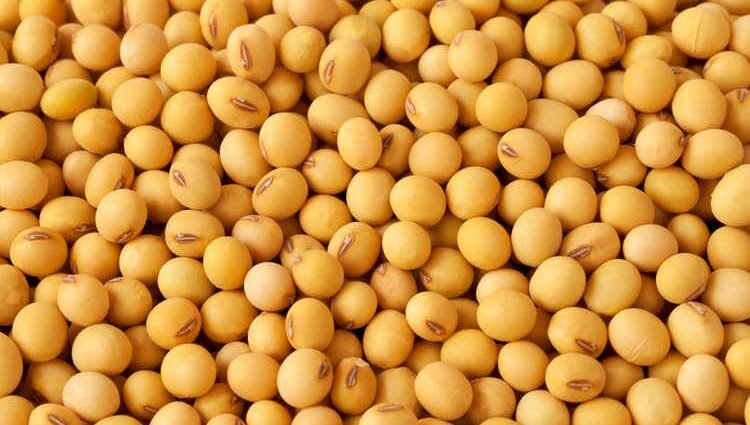
ithinksky/E+ via Getty Images
U.S. soybean futures fell to the lowest in nearly three-and-a-half years following a sharp drop in soyoil prices and in reaction to favorable weather in U.S. growing areas.
Palm oil prices tumbled on the Bursa Malaysia, which in turn pressured U.S. soyoil and by extension soybeans.
Concerns about higher palm oil stockpiles in the coming weeks likely weighed on prices, David Ng, a trader at Kuala Lumpur-based proprietary trading company Iceberg X, told Dow Jones.
Soybeans may be showing signs of hitting a technical bottom, but that does not mean they are ready for a sustained rally anytime soon, Naomi Blohm of Total Farm Marketing said, according to Dow Jones, as “any potential price corrective rally may just be another opportunity to sell… [it] all depends on the weather outlook for August.”
CBOT soybeans (S_1:COM) for November delivery finished -2% to $10.77 3/4 per bushel, the lowest settlement since November 2020, while corn (C_1:COM) for December delivery was +0.1% to $4.08 per bushel and September wheat (W_1:COM) ended +0.2% to $5.71 3/4 per bushel.
ETFs: (NYSEARCA:SOYB), (NYSEARCA:CORN), (NYSEARCA:WEAT), (DBA), (MOO)
Corn and soybean good-to-excellent condition ratings rose slightly for the first time in several weeks last week, the U.S. Department of Agriculture said in its latest weekly Crop Progress report.
The USDA estimated 68% of the crop was in good-to-excellent condition, up a point from 67% the previous week and still well ahead of last year’s 55%, while just 9% of the crop was rated poor to very poor.











